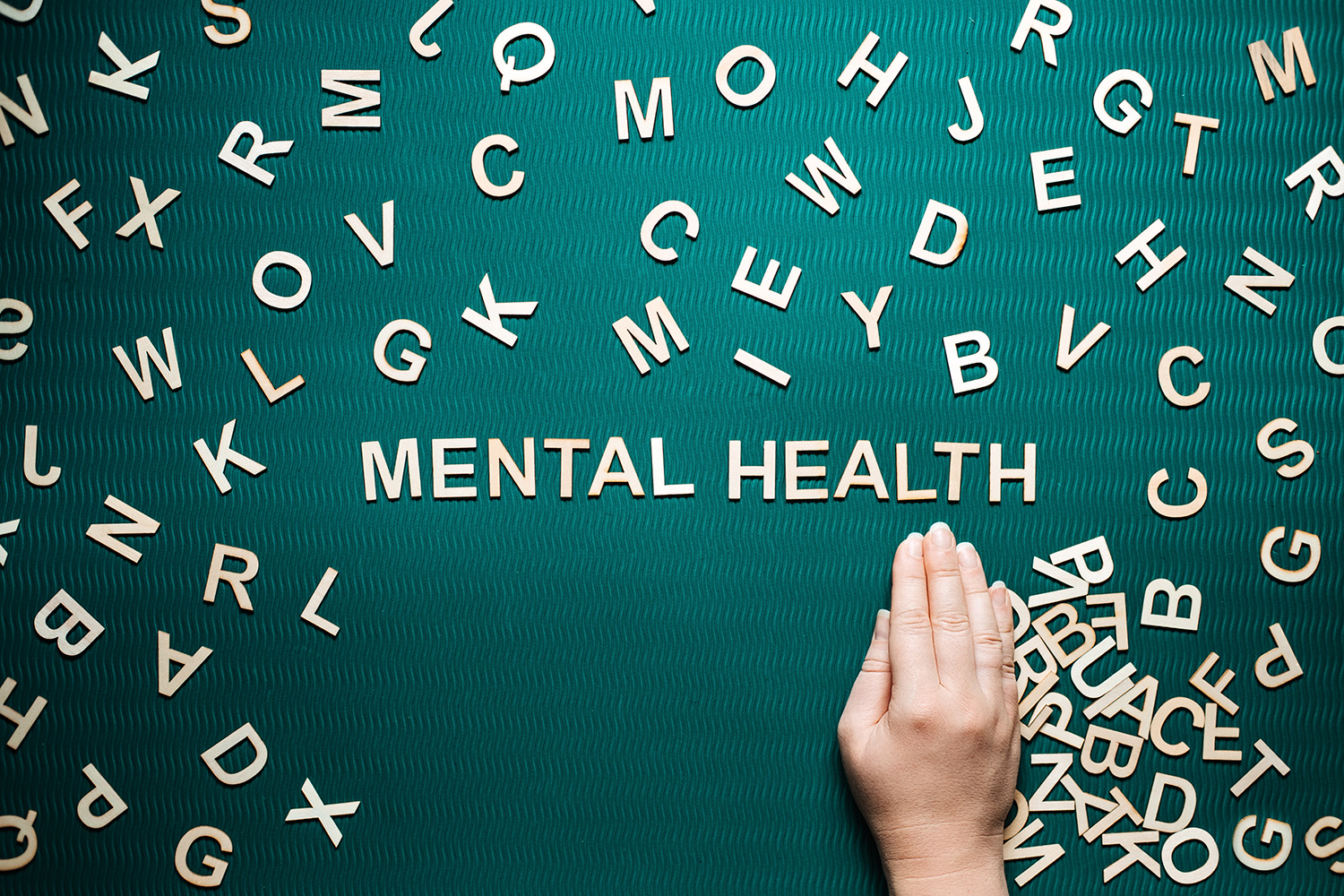
Breaking the Stigma of Mental Health in Schools
Promoting Mental Health Awareness
Mental health is an essential aspect of overall well-being, yet it often remains shrouded in stigma, particularly in educational settings. Students facing mental health challenges may struggle silently due to fear of judgment, misunderstanding, or discrimination. The stigma of mental health can prevent them from seeking the help they need, ultimately impacting their academic performance, social interactions, and overall quality of life. Promoting mental health awareness in schools is crucial for breaking down these barriers, normalizing the conversation around mental health, and encouraging students to prioritize their emotional well-being.
Defining Stigma
Stigma refers to the negative attitudes and beliefs that society holds about certain conditions or behaviors. In the context of mental health, stigma often manifests as misconceptions, prejudice, and discrimination towards individuals experiencing mental health issues. This can include beliefs that mental health problems are a sign of weakness, that individuals should be able to “snap out of it,” or that mental illness is something to be ashamed of.
Sources of Stigma of Mental Health in Schools
Cultural and Social Influences: Cultural norms and societal attitudes can contribute to mental health stigma. In some cultures, mental health issues are seen as a personal failure or a source of shame, which can affect how students and their families perceive and respond to mental health challenges.
Lack of Awareness and Education: A lack of understanding about mental health can perpetuate stigma. Misconceptions and misinformation about mental health conditions can lead to negative attitudes and a lack of empathy towards those struggling with these issues.
Fear of Judgment: Students may fear being judged or ridiculed by peers, teachers, or family members if they disclose their mental health struggles. This fear can deter them from seeking help or talking openly about their experiences.
The Impact of the Stigma of Mental Health on Students
Barriers to Seeking Help
Stigma can create significant barriers for students seeking mental health support. They may feel reluctant to approach counselors or disclose their issues due to fear of being labeled or judged. This reluctance can prevent students from accessing the help they need, exacerbating their mental health challenges and affecting their academic and social development.
Academic and Social Consequences
Students experiencing mental health issues may face difficulties with concentration, motivation, and participation in school activities. The stigma associated with mental health can also lead to social isolation, as students may withdraw from peers or avoid engaging in social interactions due to embarrassment or fear of being stigmatized.
Long-Term Effects
The long-term effects from the stigma of mental health can include ongoing emotional distress, diminished self-esteem, and a reluctance to seek help in the future. Early intervention and support are critical for addressing mental health challenges, but stigma can hinder students from accessing timely and effective care.
Breaking the Stigma: Promoting Mental Health Awareness
Integrating Mental Health Education into the Curriculum
Incorporating Mental Health Topics: Schools can integrate mental health education into the curriculum to increase students’ awareness and understanding of mental health issues. Lessons on mental health should include information about common conditions, the importance of seeking help, and strategies for maintaining emotional well-being.
Teaching Empathy and Support: Educators can teach students about empathy, compassion, and how to support peers who may be experiencing mental health challenges. Encouraging open discussions and fostering a supportive classroom environment can help reduce stigma and promote understanding.
Creating a Supportive School Environment
Providing Access to Mental Health Resources: Schools should ensure that students have access to mental health resources, including on-site counseling services, informational materials, and support groups. By making these resources readily available, schools demonstrate their commitment to student well-being and normalize the act of seeking help.
Promoting Open Dialogue: Encouraging open dialogue about mental health within the school community can help to break down barriers and reduce stigma. Schools can host workshops, seminars, and awareness campaigns to facilitate conversations about mental health and create an environment where students feel comfortable discussing their experiences.
Training and Professional Development for Staff
Educator Training: Teachers and school staff should receive training on mental health awareness and how to support students with mental health challenges. Professional development programs can provide educators with the knowledge and skills needed to recognize signs of mental health issues and respond appropriately.
Creating a Supportive Network: Schools should establish a network of mental health professionals, including counselors, psychologists, and social workers, to support both students and staff. Collaborating with mental health experts ensures that the school community has access to the necessary resources and support systems.
Engaging Families and the Community
Family Involvement: Schools can involve families in mental health awareness efforts by offering workshops and resources to educate parents and guardians about mental health issues and how to support their children. Engaging families helps to create a unified approach to mental health support and reduces stigma within the home environment.
Community Partnerships: Partnering with community organizations and mental health agencies can enhance the support available to students and families. Community partnerships can provide additional resources, support services, and opportunities for collaboration in promoting mental health awareness.
Examples of Successful Initiatives
School-Based Mental Health Programs
Many schools have successfully implemented mental health programs that focus on reducing stigma and providing support. For example, a school district may introduce a “Mental Health Week” with activities, workshops, and presentations designed to raise awareness and encourage open discussions about mental health.
Peer Support Programs
Peer support programs, where students are trained to provide support and guidance to their peers, can be effective in breaking down stigma and fostering a supportive environment. These programs help normalize conversations about mental health and empower students to support one another.
Awareness Campaigns
Schools can run awareness campaigns using posters, social media, and school assemblies to promote mental health awareness and reduce stigma. Campaigns that feature personal stories from students, staff, and community members can make the issue more relatable and encourage others to seek help.
Breaking the stigma of mental health in schools is essential for creating an environment where students feel supported and empowered to prioritize their emotional and psychological well-being. By promoting mental health awareness, integrating mental health education into the curriculum, and fostering a supportive and inclusive school culture, we can help students overcome barriers to seeking help and build a more understanding and compassionate community.
School-based mental health counseling services play a crucial role in normalizing the conversation around mental health and providing students with the support they need. As we continue to break down stigma and promote mental health awareness, we pave the way for a healthier, more supportive school environment where every student has the opportunity to thrive.
Please Share




